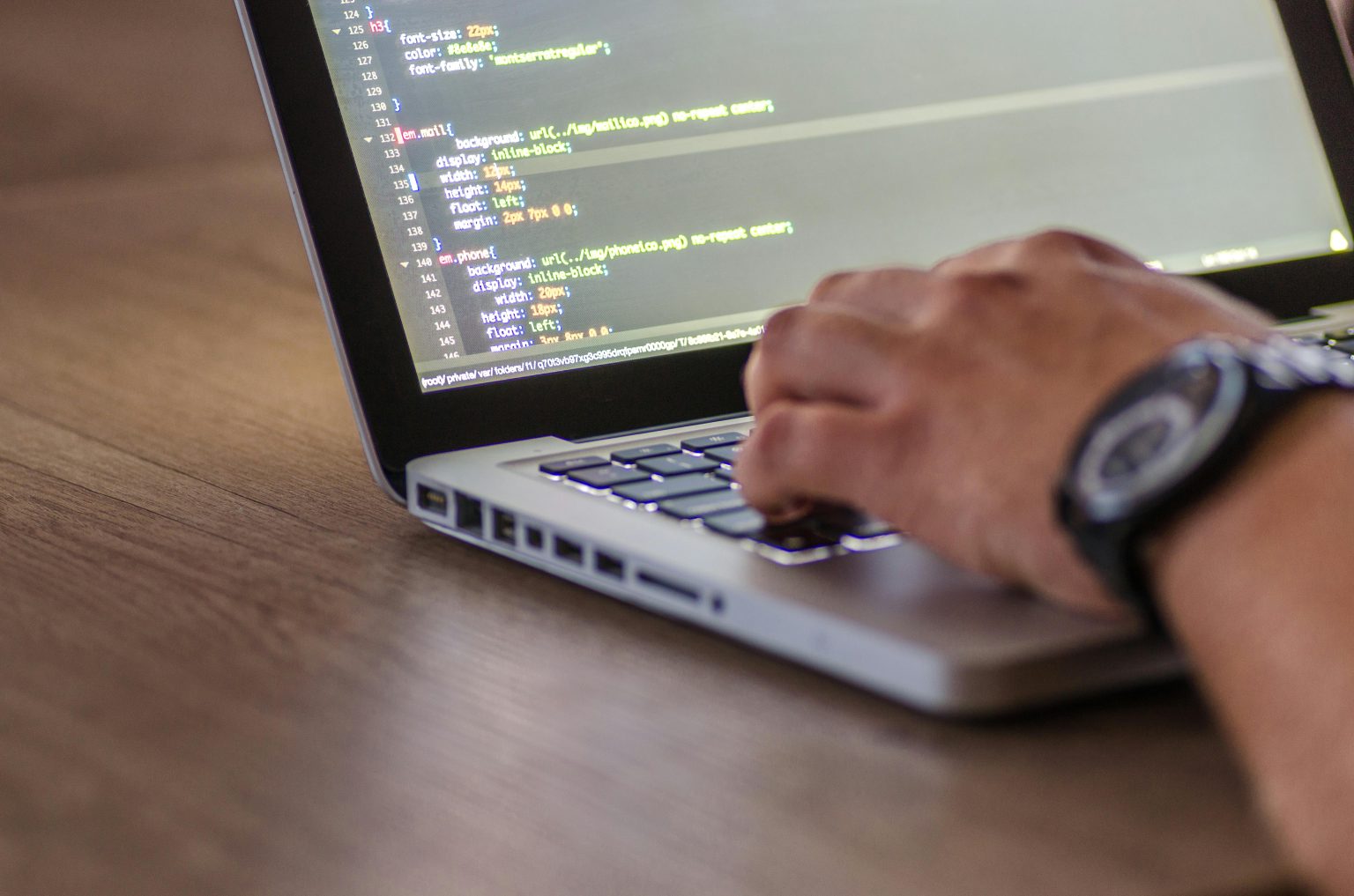The location of a user can prove to be very valuable to companies in the digital world. In addition to traditional IP mapping, which displays country and city, reverse geocoding converts raw coordinate files into physical locations and addresses. It turns out that this spatial awareness can be used in many applications other than simply fueling maps.
Here are five creative ways companies are tapping the power of reverse geocoding to “place” customers in the real world.
Hyperlocal Marketing
Since the dawn of ecommerce, retailers have tried connecting online browsing with local store visits. Reverse geocoding provides the missing link. By converting a customer’s IP location into a postal address, stores can match online profiles with nearby brick-and-mortar outlets.
For example, Home Depot might entice online shoppers to pick up web orders in-store. After checkout, a customer in Miami would receive a prompt like “Your items are waiting at our Lincoln Road store, just 3 miles from NW 14th Ave. Click here for directions.” This closes the loop between digital and physical.
In 2017, Walgreens acquired the technology company Duane Reade, which specializes in hyperlocal marketing. Since then, Walgreens has increased its in-store pickups by 73% using reverse geocoding techniques to connect online customers with local stores.
Logistics and Delivery Route Optimization
From food to furniture, delivery is now central to retail. Reverse geocoding helps streamline routing by resolving pickup and drop-off points into mappable addresses.
Uber Eats and other food delivery outfits rely on accurate addresses to route orders to customers efficiently. But sometimes pinpointed GPS coordinates get lost between the restaurant and the consumer.
Reverse geocoding fills the gaps, taking the raw latitude and longitude of drop-off points and converting them into recognizable addresses. This keeps deliveries on time and makes sure customers don’t get “hangry.”
Beyond meals, reverse geocoding optimizes logistics for big and bulky products, too. Made.com, the online furniture retailer, integrates reverse geocoding into its routing algorithms. This ensures seamless delivery of heavy sofas and mattresses across the UK.
Location Fraud Detection
Geolocation tools help build trust in an increasingly digital world. But what if a user falsifies their location? Turns out fake GPS coordinates are simple to generate.
Reverse geocoding provides a solution. By converting coordinates into real street addresses, companies can catch spoofing attempts.
For example, an online bank may require account signups to enable location services. But with mock GPS tools, fraudsters can easily manipulate this. Reverse geocoding checks if the lat/long points map to an actual place, adding a layer of verification.
Some proxy servers also falsify location to get around content geo-blocks. Media sites thus rely on reverse geocoding to stay one step ahead of pirates faking their whereabouts just to access restricted content.
Hyperlocal Weather Forecasting
From viticulture to construction, countless industries depend on reliable weather prediction specific to worksites. Reverse geocoding transforms raw meteorological data into hyperlocal forecasts.
For example, the WeatherBug app, used widely in agriculture, leverages reverse geocoding to turn GPS coordinates from farmers’ fields into usable locations. This allows for microclimate modeling at the level of individual farms and ranches.
In another case, the company Tomorrow.io provides weather forecasts to construction teams so they can plan around factors like rain, snow, and wind. Reverse geocoding again takes satellite and radar measurements and grounds them to project sites spread across continents.
Augmented Reality Wayfinding
Augmented reality (AR) is transforming urban navigation with enhancements layered atop real-world views. Reverse geocoding helps anchor these digital overlays.
Apps like CityLens for HoloLens translate GPS inputs into addresses and points of interest to surface helpful location-based prompts. As users scan the area, floating tags reveal street names, directions to restaurants, office buildings, and more.
This kind of AR wayfinding improves navigation for sight-impaired individuals or even helps tourists discover hidden neighborhood gems. Reverse geocoding ties augmented overlays to actual places, keeping the tech grounded in real-world coordinates.
The Power of Place
In today’s mobile-first world, location matters more than ever. Reverse geocoding unlocks that power of place for businesses seeking to engage customers in context.
With five billion smartphone users worldwide, the integration opportunities are massive too. Whether optimizing logistics, detecting fraud, or building augmented worlds, reverse geocoding elevates engagement by pinpointing people in places.
And the applications will only expand as geo-awareness reaches more industries. Our world may be increasingly digital, but attaching virtual experiences to real locations is what makes them truly meaningful. Reverse geocoding provides the bridge between the two realms.
So next time you use a location-aware app, think about the hidden technology turning all those GPS breadcrumbs into living, breathing places. Reverse geocoding may operate behind the scenes, but it helps situate us in spaces that matter.



